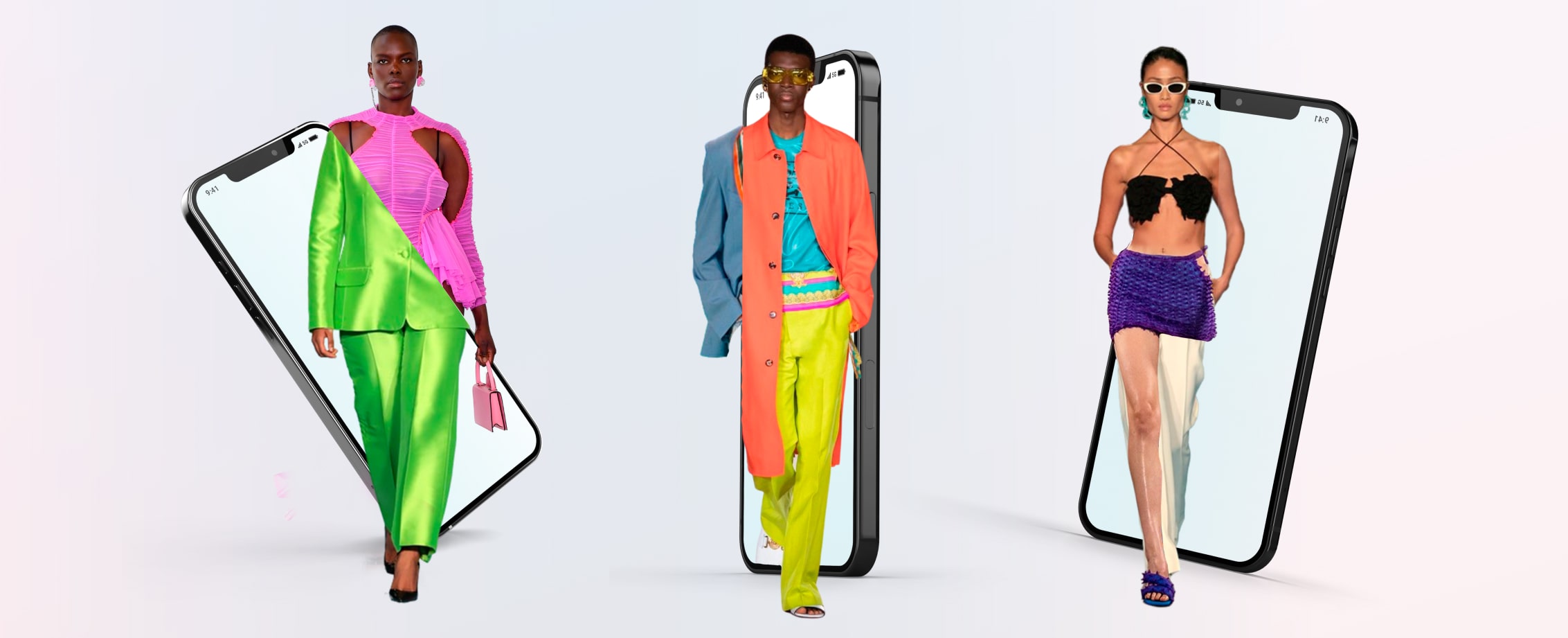In today’s digital age, social media has become an undeniable force in shaping almost every aspect of our lives, and the fashion industry is no exception. Platforms like Instagram, TikTok, and Pinterest have revolutionized how trends are born, spread, and consumed. Fast fashion, which thrives on quick turnarounds and constant product launches, has been especially impacted by the speed and reach of social media. These platforms influence how we discover new styles and play a crucial role in dictating what is considered fashionable and desirable at any given moment.
Instant Access to Trends
One of the most significant ways social media influences fast fashion is by providing instant access to trends. In the past, fashion weeks, celebrity appearances, and magazine covers were the primary sources for discovering new styles. Today, anyone with an internet connection can scroll through their social media feeds and see the latest trends in real-time. Influencers, celebrities, and even everyday people share their outfits, providing constant inspiration and ideas.
Platforms like Instagram are visual-centric, allowing users to post pictures of their outfits, tag clothing brands, and engage with their followers. Fashion influencers with large followings often become trendsetters, showcasing pieces from high-end designers and affordable fast-fashion brands. Their ability to create and promote unique looks has turned social media into a virtual runway where trends are quickly popularized. What’s more, hashtags make it easier for users to discover and adopt the latest trends, further accelerating the fashion cycle.
The Power of Virality
Social media’s ability to make viral content is another key factor driving fast fashion. A single post featuring a particular outfit, accessory, or style can be shared thousands of times in hours, reaching millions across the globe. This virality creates a sense of urgency, pushing consumers to purchase items quickly before they “sell out” or fall out of favor. Fast fashion brands, known for replicating swiftly runway trends, have perfected the art of capitalizing on this immediate demand. They often launch new collections or restock popular items almost overnight, ensuring that they meet the rapidly changing preferences of social media-driven consumers.
TikTok, in particular, has become a platform where trends explode in popularity seemingly overnight. From viral dance challenges to “outfit of the day” videos, users are constantly showcasing new ways to style clothes, directly linking fast fashion brands to the latest trends. Items that go viral on TikTok can sell out within hours, as millions of viewers flock to purchase the same pieces they see influencers or peers wearing. The platform’s “For You Page” algorithm also ensures that these trends are exposed to the right audiences, further amplifying their reach.
Influencer Marketing and Consumer Behavior
Influencer marketing has become a multi-billion-dollar industry, and social media has played a key role in its success. Influencers, who often have significant sway over their followers, collaborate with fast fashion brands to promote products directly to their audience. These influencers showcase clothing aspirationally, making it seem more accessible and desirable. As a result, followers are likelier to purchase items featured by their favorite influencers, leading to a boom in fast-fashion sales.
Additionally, influencer partnerships often come with discount codes or affiliate links, making it even easier for followers to purchase the featured items. This creates a direct path from social media promotion to consumer purchase, driving sales for fast-fashion brands. Many fast-fashion companies also create exclusive collections with popular influencers, further capitalizing on their influence to drive trend cycles and generate buzz around new releases.
The Accelerated Fashion Cycle
The most significant impact of social media on fast fashion is the acceleration of the fashion cycle itself. Traditionally, fashion trends would last for a season or even a year. Now, thanks to the power of social media, trends can emerge, dominate, and fade within a matter of weeks. The speed at which trends change has pushed fast fashion brands to adopt a “see now, buy now” model, releasing new products almost constantly to meet the demand for the latest styles. The desire to stay ahead of the curve and keep up with social media influencers has created a culture of instant gratification, where consumers expect access to the newest trends at a moment’s notice.
Conclusion
Social media has become a driving force behind the rise of fast fashion, influencing trends, shaping consumer behavior, and accelerating the fashion cycle. With its ability to instantly share and spread new styles, social media platforms have redefined how trends are discovered and consumed. While this has created a fast-paced, trend-driven fashion landscape, it has also led to a greater demand for immediacy and exclusivity, making it increasingly crucial for brands to stay on top of the latest social media-driven trends. As social media continues to evolve, so will its impact on the fast fashion world.







Leave a Reply